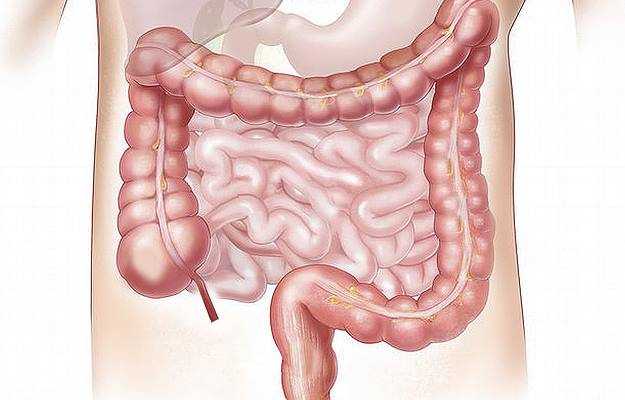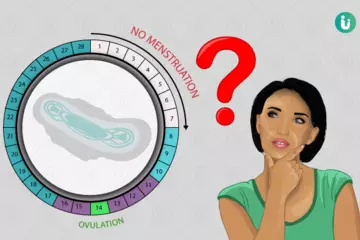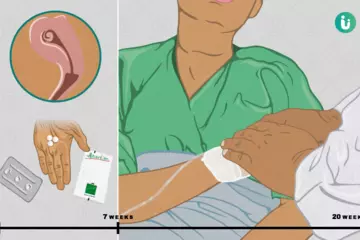What is Paralytic Ileus?
The muscles of the intestine get paralysed and obstruct the process of digestion. This pathological condition is known as paralytic ileus and is also called ileus. This leads to blockage and prevents food passage into the large bowel. It is most common in adults but sometimes, can be seen in children as well. It can be lethal and needs immediate medical attention.
What are its main signs and symptoms?
Some of the common signs and symptoms are:
- Nausea
- Vomiting
- Loss of appetite
- Diarrhoea
- Not being able to pass gas
- Abdominal pain
- Bloating
- Smelly breath
- Severe constipation
Sometimes, this can lead to jaundice, infection or even rupture of the intestine.
What are the main causes?
Paralytic ileus occurs due to various reasons such as:
- Family history, intestinal or abdominal disorders
- Imbalance of electrolytes in the body
- Surgical injury to the intestine during any abdominal surgery
- Gall bladder stones
- Intestinal cancer
- Intestinal injury
- Intestine blocked by tumours
- Rapid weight loss
- Foreign bodies swallowed with food
- Parkinson’s disease
- Intestine gets twisted (volvulus)
- Diverticulitis
- Decrease in the blood supply to the intestines (strangulated hernia)
Are you also troubled by obesity and are not able to lose weight even after a lot of efforts, then start using myUpchar Ayurveda Medarodh Weight Control Tablet today and control your weight.
How is it diagnosed and treated?
The doctor checks physically for bloating or hernias in the abdominal area. Some of the tests performed are:
- Abdominal X-ray
- Abdominal CT scan
- Barium enema - It is a special X-ray of the colon, rectum and large intestine
- Ultrasound of the abdomen and pelvis
- Endoscopy of the upper digestive tract.
After the diagnosis, the patient is treated by various methods such as :
- Surgery – helps in clearing out the obstruction that might be causing the paralytic ileus.
- A tube is passed into the rectum and volvulus of the large bowel is corrected.
- A nasogastric tube might be placed from the nose into the stomach to clear the contents of the stomach and small bowel.

 OTC Medicines for Paralytic Ileus
OTC Medicines for Paralytic Ileus















